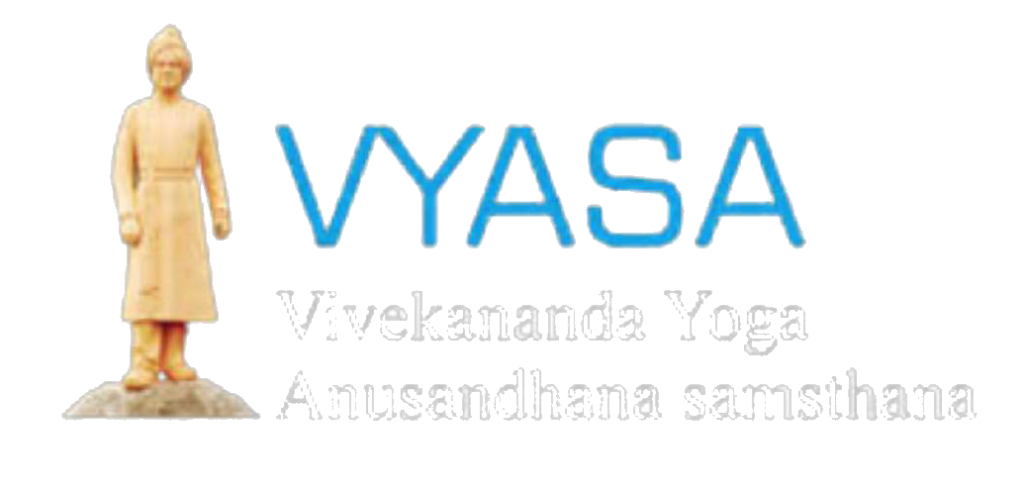Bronchitis and Yoga Therapy
Definition: Inflammation of bronchial tubes are known as Bronchitis. Bronchial tubes are air ways which carry air to and from lungs.
Characteristics: There are two types of bronchitis called Acute and Chronic. Acute bronchitis is very common because it easily develops in the people who gets frequent attack of cold or any respiratory issues, symptoms last for few weeks. Chronic bronchitis is considered as serious condition due to constant irritation to the bronchial tubes.
Symptoms of bronchitis
Acute bronchitis symptoms
- Stuffy, runny nose
- Mild fever
- Sore throat
- Body aches and chills
- wheezing
Chronic bronchitis symptoms
- Congestion or heaviness in the chest
- Yellow, white, green or clear mucus with cough
- Shortness of breath
- Abnormal breath sounds
Understanding Bronchitis:
Acute bronchitis: Inflammation of the bronchial wall leads to mucosal thickening, damaged epithelial and basement membrane. It may loss for 4-6 weeks. It triggers to viral infections, allergens and pollutants. Infection to Upper respiratory tract will leads to lower respiratory tract infection.
Chronic bronchitis can be defined as a chronic productive cough lasting more than 3 months occurring within a span of 2 years. There is a strong causal association with smoking and is very often secondary to chronic obstructive pulmonary disease (COPD). [1]
There are many known causes of chronic bronchitis, but the most important causative factor is exposure to cigarette smoke either due to active smoking or passive inhalation. Many inhaled irritants to the respiratory tract such as smog, industrial pollutants, and toxic chemicals can cause chronic bronchitis. Although bacterial and viral infections usually cause acute bronchitis repeated exposure to infections can cause chronic bronchitis. The predominant viruses that are causative are Influenza type A and B, and the dominant bacterial agents are Staphylococcus, Streptococcus, and Mycoplasma pneumonia. People who have an associated background in respiratory diseases such as asthma, cystic fibrosis, or bronchiectasis have a higher predisposition to develop chronic bronchitis. People who have repeated exposure to environmental pollutants such as dust or airborne chemicals such as ammonia and sulfur dioxide have a higher risk of developing chronic bronchitis. Chronic gastroesophageal reflux is a well documented but less frequent cause of chronic bronchitis. [1]
Chronic bronchitis is thought to be caused by overproduction and hypersecretion of mucus by goblet cells. Epithelial cells lining the airway response to toxic, infectious stimuli by releasing inflammatory mediators such as interleukin 8, colony stimulating factor and other pro-inflammatory cytokines.There is also an associated decrease in the release of regulatory substances such as angiotensin-converting enzyme and neutral endopeptidase.The alveolar epithelium is both the target as well as the initiator of the inflammatory process in chronic bronchitis.During an acute exacerbation of chronic bronchitis, the bronchial mucous membrane becomes hyperemic and edematous with diminished bronchial mucociliary function.This, in turn, leads to airflow impediment because of luminal obstruction to small airways. The airways become clogged by debris and this further increases the irritation.The characteristic cough of bronchitis is caused by the copious secretion of mucus in chronic bronchitis.[3]
Diagnosis:
Management through Yoga Therapy
Regular practice of yoga including kriyas, breathing exercise, asanas and pranayama will help in reducing the symptoms of both acute and chronic bronchitis.
Kriya practices like jala neti, sutra neti will reduces the accumulated mucus form nose and helps in proper breathing. Nasal congestion/ nose block will be get cleared with the practice of kriyas. Kriyas will be helping in cleansing nasal passage and removes foreign particles.
Breathing exercises will help in improving lung capacity and Very good to expand the chest wall and airways. Expansion of chest and air ways will help in easy breath.
Everyday practice of yogasanas like Ardha chakrasana, kati chakrasana, gomukhasana, ushtrasana, bhujangasana, dhanurasana,and setubanadasana will improves the efficiency of lungs and keeps the smooth flow of breath. Practice of pranayama will improve the function of lungs, relaxes the respiratory muscles cleanses air track and obtains the fresh air to body.
Acute bronchitis can be treated with the regular practice of yoga and for Chronic bronchitis Yoga will help in great extent.
Article By :
Dr. Anitha



